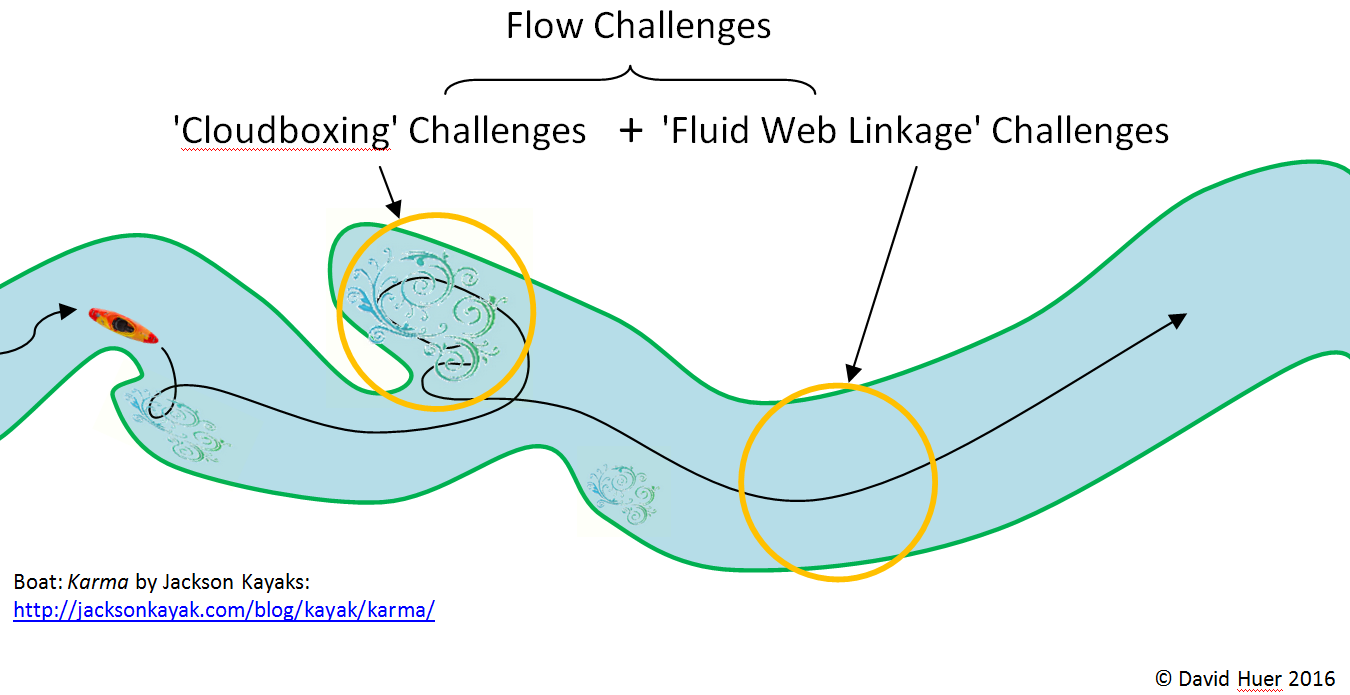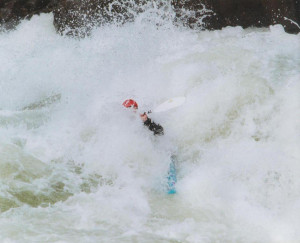Daniel Tammet’s Born on a Blue Day is remarkably apt for me.
When thinking about something interesting, I become the questions . . .
Like Mr. Tammet, I see numbers as shapes, colours and textures and solve complex challenges by thinking them through.
I was thinking about spatial geometry/maths and patterns by age 3, and corrected my father on a tax math problem at age 5, but this was unwise, and learned to hide my skills, escaping into thought experiments, developing a terrible shyness and severe stutter at the same time. Complex problems were fun but I could not relate them to anything being taught in grade school , and could not sufficiently explain; repeatedly failing traditional arithmetic, maths and science testing, and physed practices – anything involving procedural memory.
But a complex cloud problem? Easy. Before industrial design school, I went back to adult high school to refresh my skills. In physics class, my test marks were not good, but the teacher (PhD physics) locked my paper on nuclear equations in the school safe; and in chemistry class, I figured out an unusual way to solve a hydrolysis problem, scoring 97% on the paper. In machine shop class, I created an “impossible to make” 7-sided part using what I call “anticipated angular liquid permutations ” [My terms are “Globular Liquid Cloudspace Thinking“ (“cloudspace” or “cloud” or “globular” or “liquid” — using this decades before “cloud” or “liquid computing” became fashionable terms) but you could call it “Cognitive CNC” or “Fluid Web Linkages”].
Fluid Web Linkages
See: http://davehuer.com/solving-wicked-problems/
Thomas A. Metzinger‘s “nemocentric” theory (‘the ‘view from nowhere’) is the best analog for my processing, thus far; although it ought to be extended to ”the view from everywhere and nowhere”. In large measure, my day is similar to the view of Inuit sculptors who see their work to be freeing an animal (or object or being) already inside the soapstone.
The animal must know how far it must go to allow itself to become free, and simultaneously must be aware of the uncut stone brushing against its skin. My term for the awareness of this membrane is ‘locating “the place of both sensing and noticing” ‘– “a glowing membrane of liquid data points” that is constantly in flux. My description of where I imaginatively solve problems as has evolved from:
- ‘the inside of a dyson sphere’ (or particle accelerator) (late 1980’s), to …
- nested inside a neural parliament > nested inside a landscape’ (early 1990s), to …
- ‘a multi-nested set of interfluid bright soft electric blue and pale yellow network webs spanning data particle fog networks’ (2014).
When evaluating, I’m simultaneously testing a combination of experiments against an incredibly dense meaning library: the blue is the primary bus and the yellow are the feeder nets. To learn webcoding, I had to go further, inventing “cloudboxing” to locate webcode to study and learn exactly what it is: (see Project #5: http://davehuer.com/solving-wicked-problems/). This (for me) solves an ancient locationing problem: where to locate procedural challenges and processes to study them. This is different from the ‘”fluid web linkage” cloud challenges I usually think about. Together they combine to produce “flow challenges” – the cloudflow of fluid thinking and the cloudboxed stopping off places of reflection; the calm eddies along the shore.

Learning to use River Eyes

David paddling Pillow Rock on the Upper Gauley
We all do this to varying degrees. And in this, we may have what Mihály Csíkszentmihályi calls “flow” – in whitewater kayaking, what paddlers call “river eyes”. We become the questions, and the answers, and the clues, and the discarded ideas. We become the torrent and the freshet; the ice floes and the lazy placid days; the hydraulics and the logjams and the storks hunting in the shallows. A paddling accident, I believe, happens when we distinguish ourselves as distinct from the river. When we re-tune to the river, accept our place in the ecosystem,, we become the experience.
Paddling the Upper Gauley’s Class V’s became for me a perfect day, with Pillow Rock rapid/Room of Doom being the Ah-ha, high-point experience. Only years’ later did I come to know that every second of that day was Ah-ha, too. Iron Ring. Sweet’s Falls…The day, a perfect moment.
Think about this when studying problems.
We humans best solve problems when we become the challenge to comprehend the challenge.
On that day, I became the river.
When we take time to become the dots, we connect the dots.
We become the flow.
With flow perspective, where might you go?
Corporate Image: Karma by Jackson Kayaks: http://jacksonkayak.com/blog/kayak/karma/
